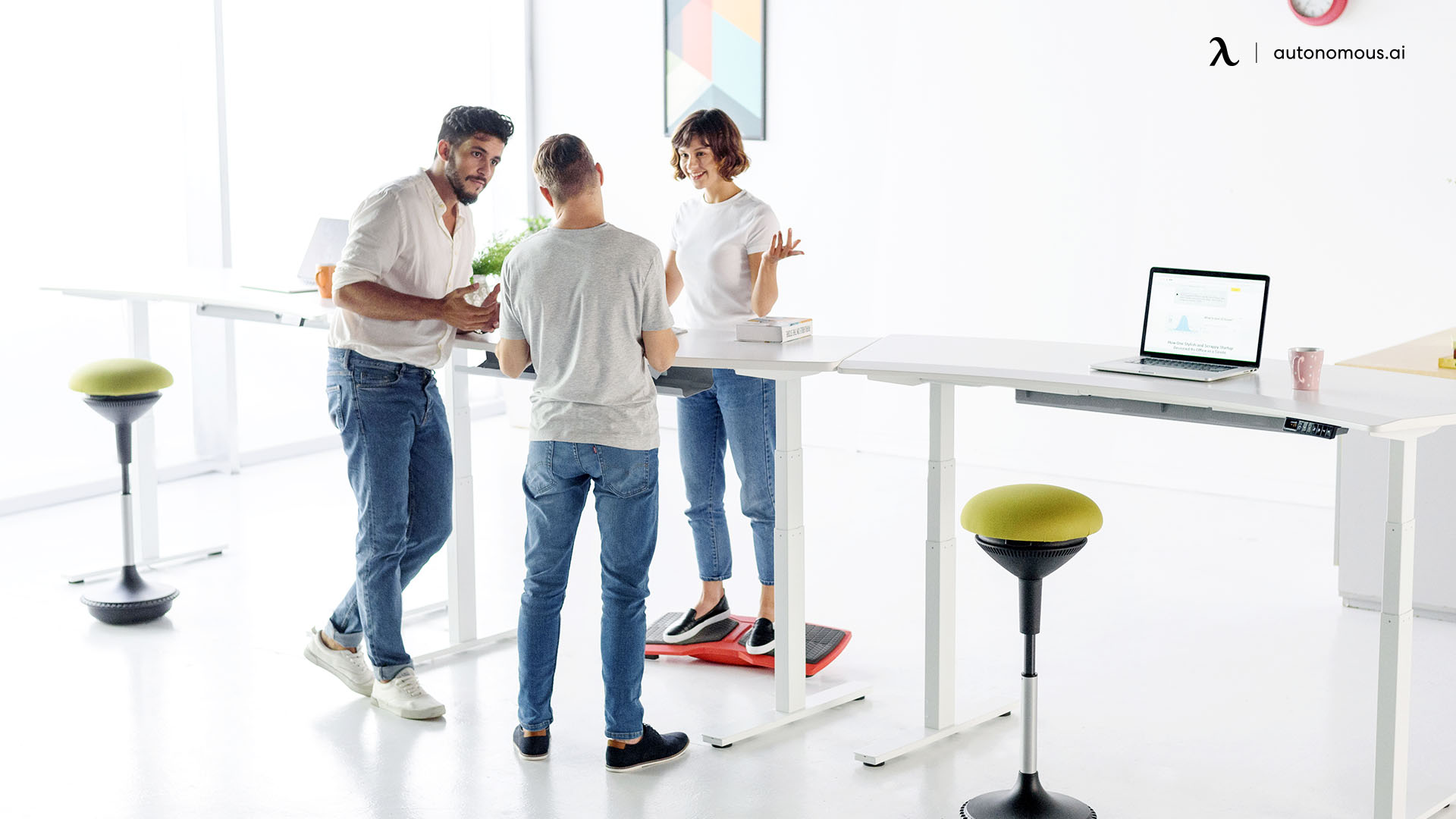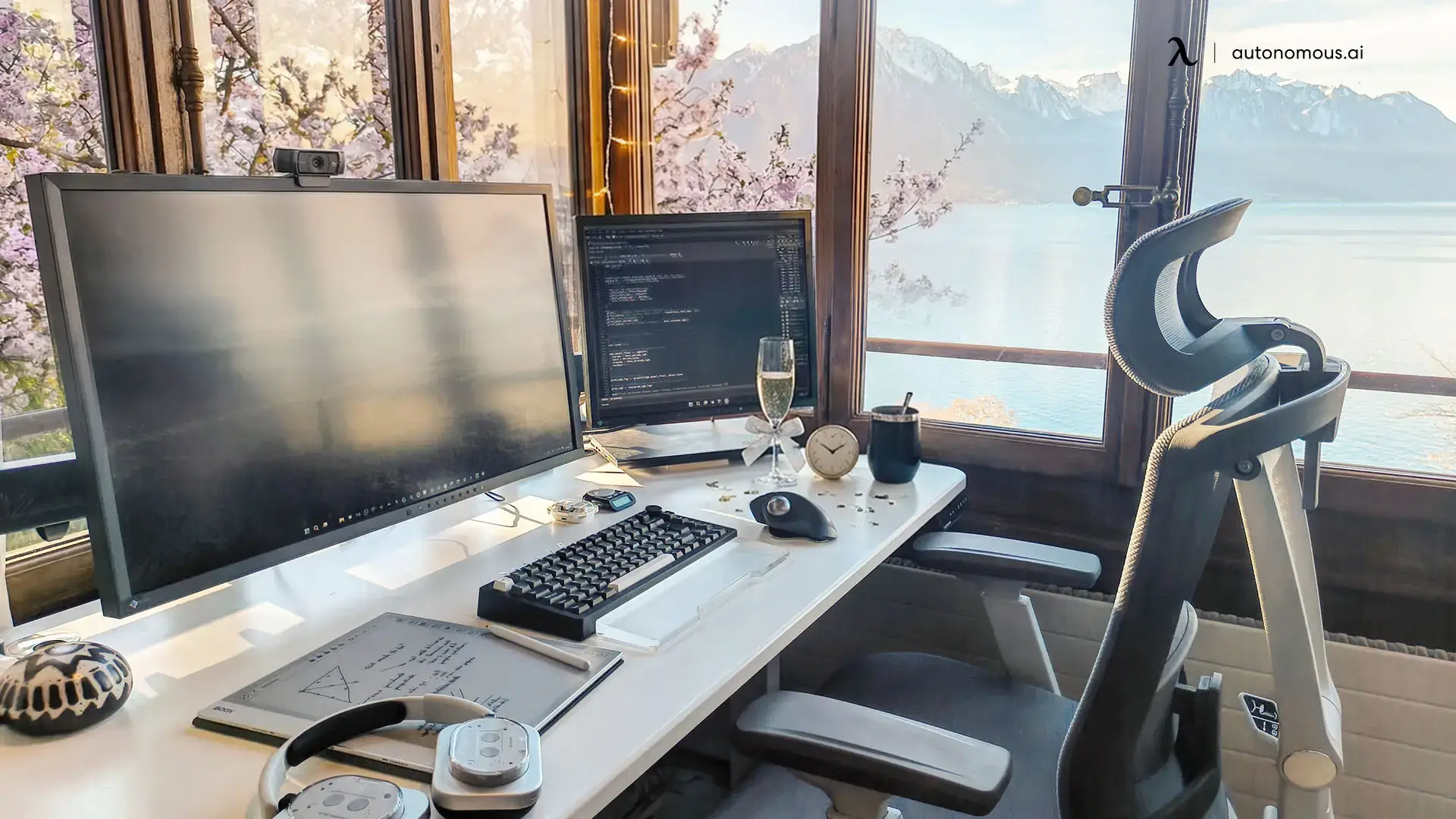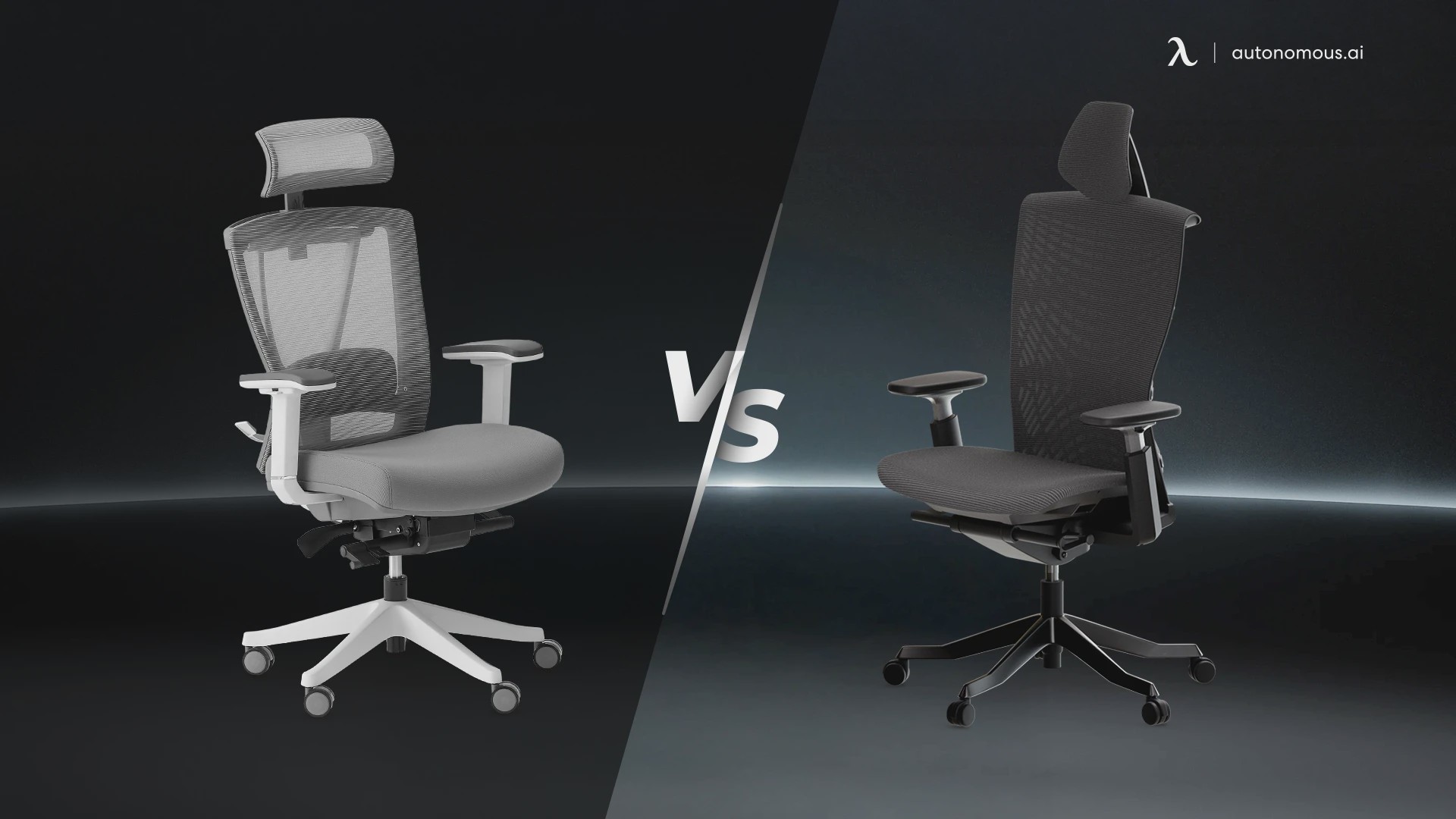- Newest
- Most viewed
Interested in a Link Placement?

Should You Buy the LiberNovo Omni Dynamic Ergonomic Chair?
An in-depth LiberNovo Omni review covering comfort, battery, dimensions, price, Reddit feedback, and how it compares to Embody and ErgoChair Pro.
Latest Updates | Jan 9, 2026 1,008 views

What Is the Garage Employee Discount? A Complete Guide
Latest Updates | Jan 8, 2026 880 views

Spirit Halloween Employee Discounts and Benefits
Remote Working | Jan 7, 2026 214 views

Japanese New Year Gifts: What They Mean & How to Give
Latest Updates | Jan 7, 2026 719 views

12 Vietnamese New Year Gifts for Luck & Prosperity
Latest Updates | Jan 6, 2026 285 views

Best Lunar New Year Gift Sets That Bring People Together
Latest Updates | Jan 6, 2026 570 views

15 Best Fitness Apps for Weight Loss
Work Wellness | Dec 31, 2025 459 views

Feng Shui 2026 for Office and Home Office Setup
Workplace Inspiration | Dec 30, 2025 730 views

ErgoChair Pro vs Ultra 2: Which One Is Right for You?
Smart Products | Dec 28, 2025 644 views

Lunar New Year 2026 Zodiac - The Year of the Fire Horse
Latest Updates | Dec 29, 2025 761 views

15 Best New Year Gift Ideas for Mom
Latest Updates | Dec 26, 2025 921 views

11 New Year Gifts for Wife to Start the Year Together
Latest Updates | Dec 26, 2025 1,027 views
.svg)
